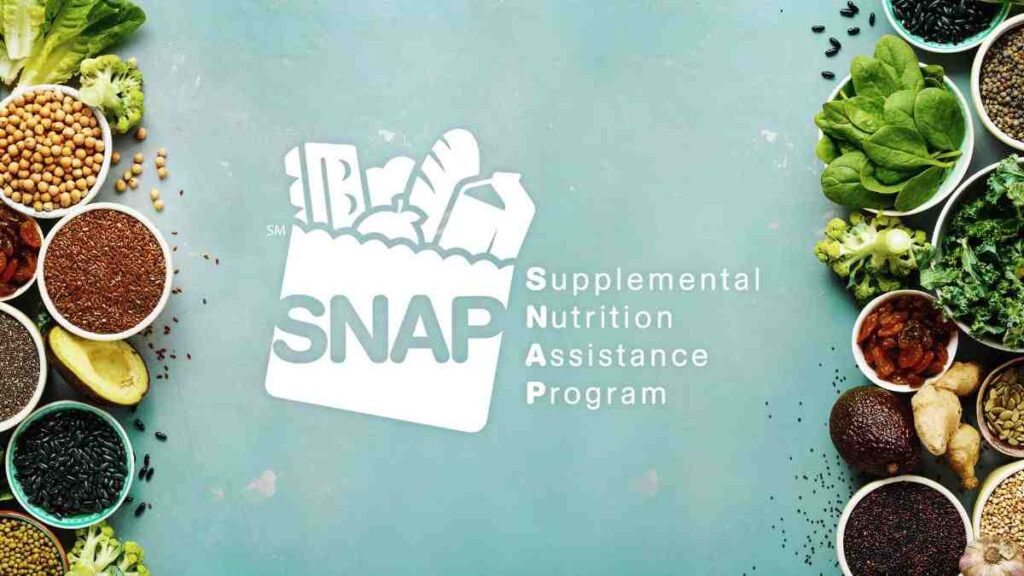The Supplemental Nutrition Assistance Program in the United States will be sending SNAP benefits through August 24. However, not all States send Food Stamps to EBT cards on the same paydays.
This is because, even if it is a Federal program, States can administer paydays and applications. The maximum SNAP amount for a family of 8 can be up to $1,751 and up to $291 if you are an individual.
States sending SNAP this week whether you are 6 or not
As a matter of fact, USDA and the FNS have confirmed that there will be 37 States delivering monthly payments for Food Stamp recipients in the USA. Guam, Puerto Rico and the District of Columbia are also sending food assistance payments this week.
- Alabama: August 4-23
- Arkansas: August 4-13
- California: August 1-10
- Colorado: August 1-10
- Delaware: August 2-23
- Florida: August 1-28
- Georgia: August 5-23
- Idaho: August 1-10
- Illinois: August 1-10
- Indiana: August 5-23
- Iowa: August 1-10
- Kansas: August 1-10
- Kentucky: August 1-19
- Louisiana: August 1-23
- Maine: August 10-14
- Maryland: August 4-23
- Massachusetts: August 1-14
- Michigan: August 3-21
- Minnesota: August 4-13
- Mississippi: August 4-21
- Missouri: August 1-22
- Montana: August 2-6
- Nevada: August 1-10
- New Mexico: August 1-20
- New York: August 1-9
- North Carolina: August 3-21
- Ohio: August 2-20
- Oklahoma: August 1-10
- Oregon: August 1-9
- Pennsylvania: Over the first 10 business days
- South Carolina: August 1-10
- Tennessee: August 1-20
- Texas: August 1-28
- Virginia: August 1-7
- Washington: August 1-20
- West Virginia: August 1-9
- Wisconsin: August 1-15
- Guam: August 1-10
- Puerto Rico: August 4 – 22
- The District of Columbia: August 1-10
SNAP benefits for 6: Eligibility
A family of 6 can receive up to $1,386 this week from the Supplemental Nutrition Assistance Program. The average Food Stamp payment for 6 is worth $1,052 claims the Center on Budget and Policy Priorities.
In order to qualify for such a large payment, you must have a low income and little or no resources. Keep ion mind that there are also special general and specific work requirements.
According to USDA, “The Food and Nutrition Act of 2008 limits eligibility for SNAP benefits to U.S. citizens and certain lawfully present non-citizens.”So it is also essential to meet this requirement. Check income and resource limits at: https://www.fns.usda.gov/snap/recipient/eligibility
What are the income and resource limits for a family to qualify for SNAP benefits?
Here is a summary of the income and resource limits for a family to qualify for SNAP benefits:
Income Limits:
- Gross monthly income (before deductions) must generally be at or below 130% of the poverty line. For a family of 3, this is $2,694 per month for fiscal year 2024.
- Net monthly income (after deductions) must be at or below 100% of the poverty line. For a family of 3, this is $2,072 per month for fiscal year 2024.
- Households with an elderly or disabled member only need to meet the net income test, not the gross income test.
Resource Limits:
- Households without an elderly or disabled member must have assets of $2,750 or less.
- Households with an elderly or disabled member must have assets of $4,250 or less.
- Certain assets like a home, personal property, and most retirement plans do not count towards the resource limit.
- Most vehicles do not count as assets. States have flexibility to apply less restrictive vehicle asset rules.
What is the average SNAP payment amount for an individual?
SNAP (Supplemental Nutrition Assistance Program) payments for individuals vary by state. Here are the main points:
The average SNAP benefit per person ranges from around $150 to over $550 per month, depending on the state . For example:
- In Florida, the average benefit amount was $153 per person.
- In Hawaii, the average benefit amount was $559 per person.
The CBPP estimates the average SNAP benefit for a single person in FY 2024 is $202 per month, with a max of $291.
To calculate SNAP benefits, multiply the household’s net monthly income by 0.3. Then, subtract the result from the maximum monthly allotment for the household size.
86% of all SNAP benefits go to households that have a child, elderly person, or person with disabilities. 92% go to households with income at or below the federal poverty line
